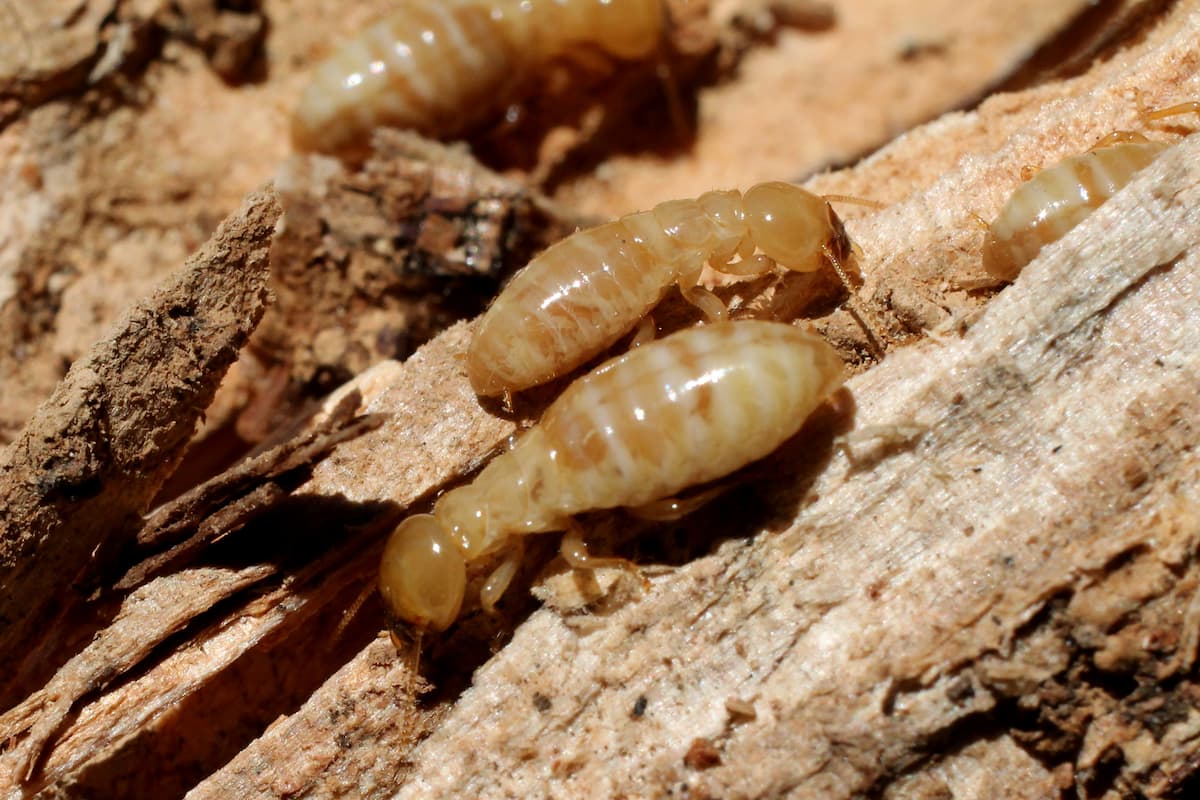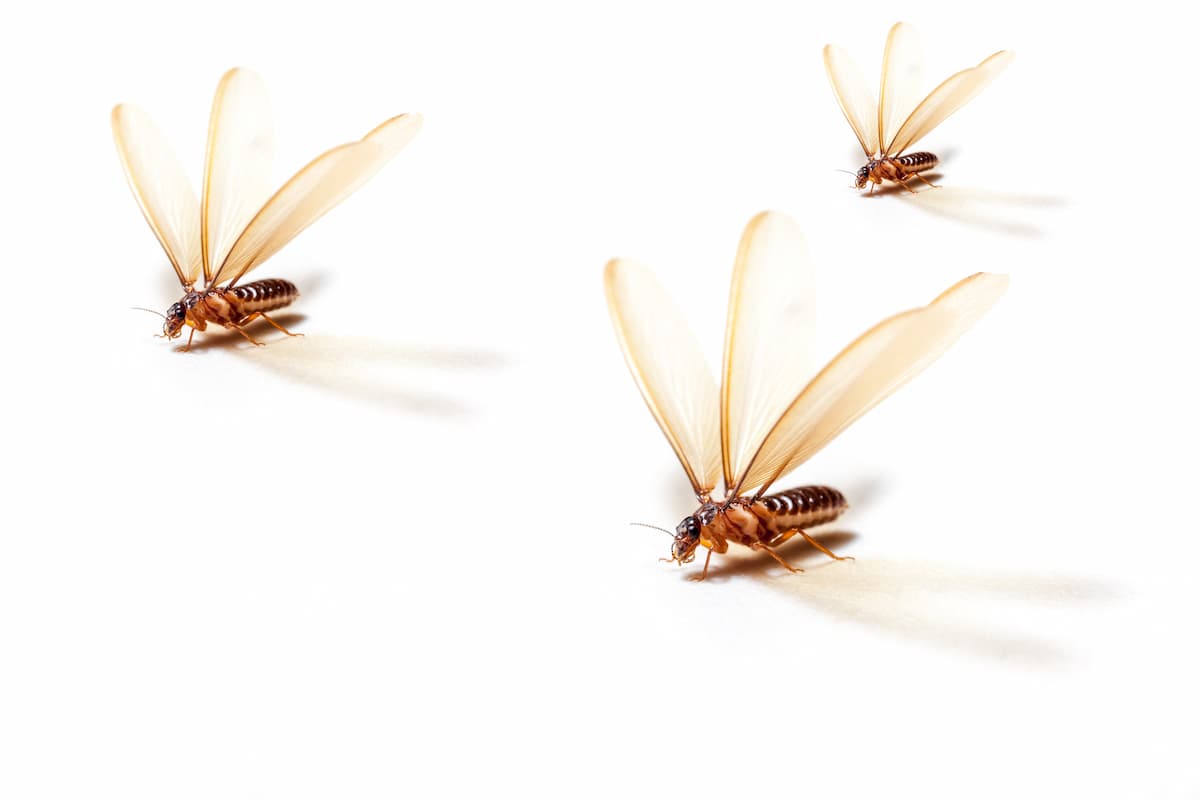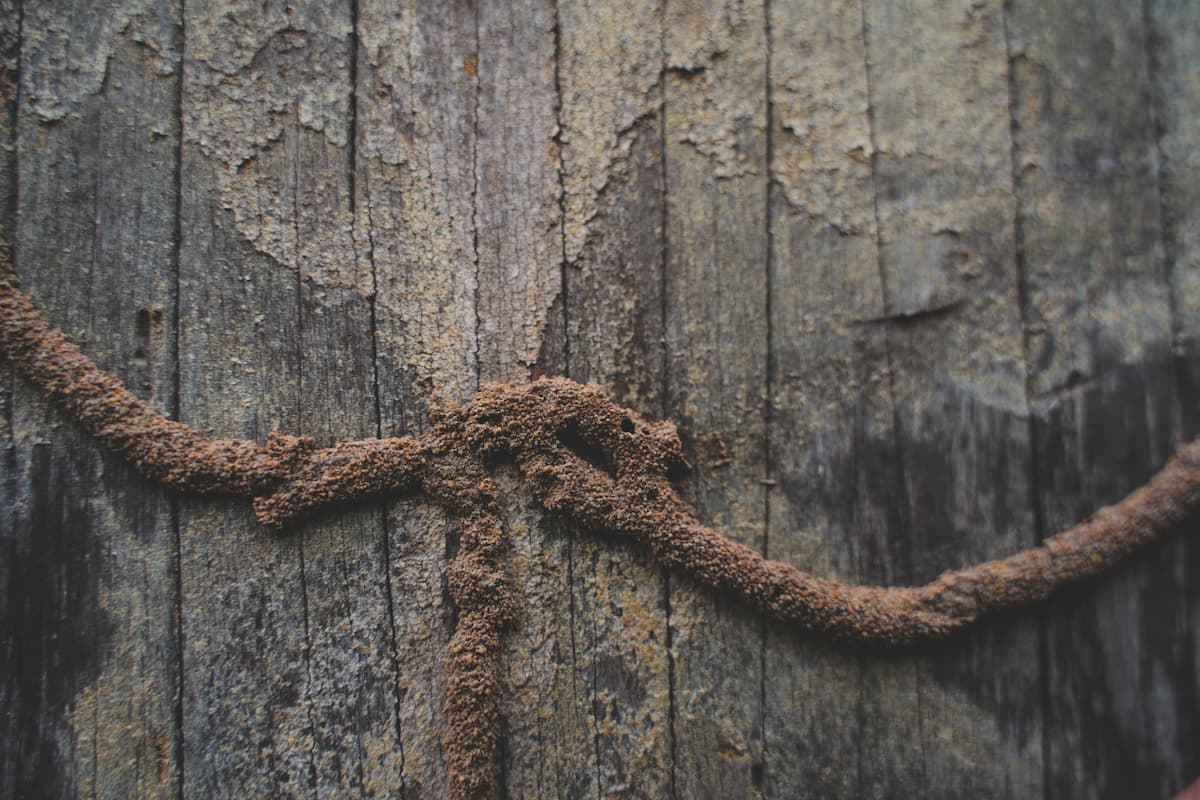Can You See Termites With Your Eyes?
If you are worried about termites getting inside your home, you may be wondering if you can actually see termites, or if they’re too small to be visible to the naked eye.
Termites are visible to humans, but they’re very small. Their size can vary by species, but in general, most termites are between a quarter of an inch to half an inch long. This means that if there is a termite in front of you, you should be able to see it.
There are also other signs of termites to look out for. In this article, we’re going to explore how you can determine whether you have termites in your home, and the most telling signs to be aware of.
What Do Termites Look Like?

If you live in a country that has termites, you are probably already aware that you should be on the lookout for them in your home. But that isn’t very helpful if you don’t know exactly what to look for.
Termites can be very destructive creatures if they are given the opportunity to eat away at the structure of your house. Being able to identify them is critical.
Termites can vary from species to species, but in general they:
- Are up to a half-inch long, except the kings and queens, which can grow to around one inch long.
- May be light, medium or dark brown, depending on the particular species as well as the termite’s role within its colony.
- Have soft bodies.
- Lack eyes or wings (which mainly applies to the workers, as this type is what you are more likely to see if you open a termite nest).
- Have strong mouths designed for chewing wood
Termites can sometimes look a little like ants, and they may vary in appearance depending on their jobs.
For example, soldier termites in some species have enlarged heads with fierce jaws, and termite nymphs often have wings that allow them to fly to a new territory when they are ready to start a new colony.
However, the basic description above should still be able to help you to identify a termite if you see one in your home.
Termites eat wood and they will generally burrow around inside of it, so it is quite rare to see termites in plain view. But it is still worth having an idea of what they look like so you can take swift action if one does appear.
What Are Some Other Signs Of Termites?
One of the most dangerous things about having a termite infestation in your home is that it can be hard to detect. Termites often leave no visible signs of their presence until they have already done extensive damage, at which point you may start to notice sagging ceilings, bubbling paint, or sinking floors.
However, there are a few things that you can look out for.
Some major signs of termites include:
- Evidence of dampness where you wouldn’t expect moisture – this is because termites compromise the structure of the home, allowing dampness to seep into wooden supports and causing them to rot.
- Blistering paint.
- Doors and windows frames that seem tight and won’t shut properly.
- Destroyed or damaged wallpaper.
- Weak, creaky floors.
- Sagging ceilings and buckling walls.
- Blistering or honeycomb patterns in any wood.
- Damage to wooden furnishings or other wood-based items inside the home (such as paper).
- Discarded wings.
- Swarming termites (this happens every few years).
- Tubes of mud running up and down the outside of your home, toward exposed wood.
- Termite droppings, which look like wood shavings or sawdust.
- Wooden structures that sound hollow when you tap on them.
Any of the above signs can alert you to the possible presence of termites in your home, so if you see them, it’s best to contact an expert to come inspect your house.
Early action can significantly reduce the cost of repairs associated with a termite infestation, so don’t ignore these signs. It’s best to have a professional come and assess your property as soon as possible.
Termites can completely destroy the structure of a home, eating away at the wood until it is too badly damaged to support the house.
As expected, this type of damage can be very expensive to repair, so it’s best to be vigilant and act quickly.
What Do Termite Wings Look Like?

Termite swarmers are the members of the colony that reproduce and ensure the survival and continuation of the species. This type of termite has two sets of large wings.
The wings are about the length of the insect’s body (approximately a quarter to half an inch long), and they are pale in color.
The termite will shed its wings as soon as it finds a mate, which means that you may find discarded wings lying around once the termites in your home have swarmed, even if you don’t see any other signs of their presence.
You may also see dead swarmers around. Even if you don’t, termite wings are an indication that you may have an infestation in your home.
Termites tend to swarm in the spring. If you see wings around this time of year, be sure to have a professional come to inspect your house.
What Do Termite Droppings Look Like?
Termite droppings are sometimes known as frass, and not all termites produce enough frass to be noticeable to the human eye.
However, drywood termites do tend to produce frass, and these are common in the southern coastal states. If you live in this region, frass is worth keeping an eye out for.
Frass tends to be light brown in color, powdery, and pellet-shaped.
The termites will push their frass out of their tunnels to keep them clear so the colony can function efficiently.
If you keep finding piles of what looks like sawdust, it’s time to have someone come to assess the property and check for termites.
Of course, this only applies to specific parts of the country, and certain kinds of termites.
If you live in the northeast, you are not likely to see termite frass, which means you’ll have to rely on other signs that your home may be under threat.
What Do Mud Tubes Look Like?

It’s a good idea to check the outside of your property regularly for signs of mud tubes. These start at ground level, where the termites originate, and will run up the outside of the house like a vein.
The mud tube will generally go directly to the nearest available source of exposed wood, since this is the type of food that termites seek.
The tube provides the termites with a passageway between the wood inside your home and the dampness and safety of the ground, preventing them from drying out as they travel.
If you see any mud tubes, you can break them open and check for termites inside. If you don’t find any termites but notice the tube is later repaired, there’s a good chance that you have an active termite infestation.
Conclusion
Termites are visible to the naked eye, but you won’t often see them because they live inside the walls of your home, eating away at the wood. This means you need to look out for other indicators, like shed wings, droppings, mud tubes, and damage to your property.
